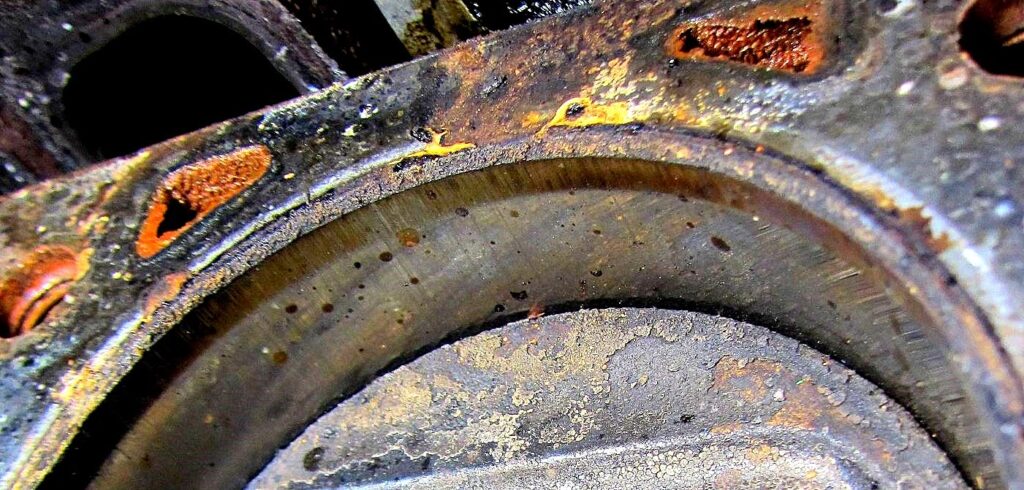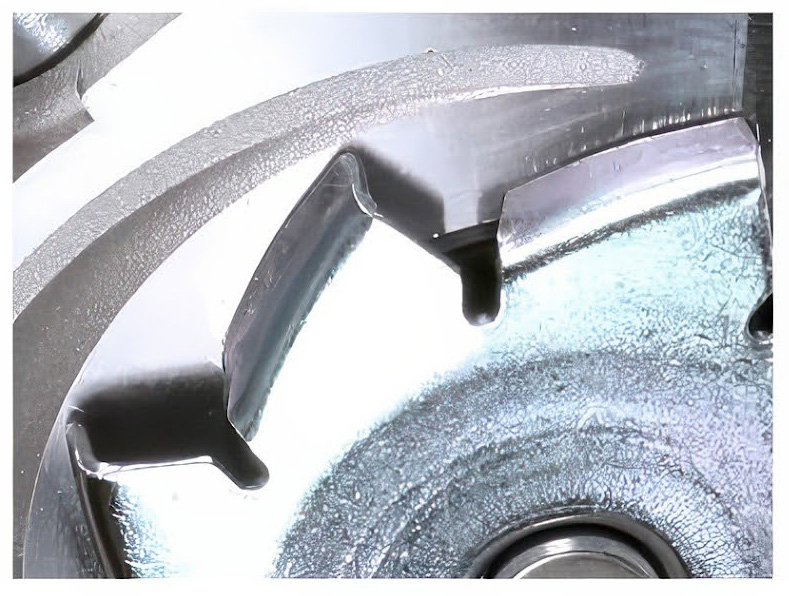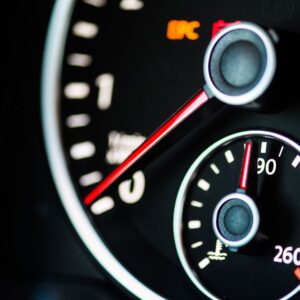Your vehicle’s temperature gauge keeps track of the engine’s temperature and relays the information to you through your vehicle’s dashboard. When the engine’s temperature rises beyond its usual operating temperature, there’s likely something amiss. The high temperature might not hit the point where the engine is overheating, but that doesn’t mean there’s nothing wrong.
Car Not Overheating but Running Hot Causes
More often than not, if your vehicle’s temperature gauge shows that the engine is running hot, there’s likely something wrong with either a component in the cooling system, the temperature sensing system, or the engine itself.
The solution for these malfunctioning parts is usually to have them replaced at a trusted auto repair shop.
Cooling Fan Malfunctions
Your vehicle’s engine relies on cooling fans to distribute airflow across the radiator surface. If the fans fail or malfunction, then the air won’t flow as it should, which will in turn cause the engine to run at higher temperatures when the vehicle is sitting at a drive-thru or in traffic, but it will run at normal temperature while it’s in the wind on the road. A trusted mechanic can either replace the fan entirely or take a look at its control circuit for potential problems.
Faulty Radiator
Your vehicle’s radiator is another component responsible for transferring heat away from its engine. The radiator does this using a series of coolant-filled tubes. These tubes run from the radiator to the engine and back. Hot coolant exits the engine, circulates through the radiator to cool, and returns to absorb more heat. If the radiator clogs up internally or externally, the engine may run hot but not overheat. A good auto repair shop can help clean the radiator or repair it as needed.
Low Coolant Levels
If your vehicle’s running low on coolant or the coolant itself is old and less effective, the heat won’t be absorbed well. In addition, make sure you’re using the proper coolant for your vehicle. Check your vehicle’s owner’s manual if you aren’t certain what coolant to use.
Since coolant doesn’t just evaporate, it has to be going somewhere, and if there are no leaks and you don’t see “milky” looking engine oil, it’s probably going out past the head gasket, which it can do over time. The engine might slowly get low on coolant because of this, so that it needs coolant added every few weeks. Make sure not to add just water or you’ll eventually dilute the coolant.
Keep an eye on your vehicle’s coolant levels, and in the case of a leak, have a trusted mechanic take a look at the engine’s coolant lines.
Air in Cooling System
A badly performed coolant flush, failing to top up the coolant properly (bleeding the air) after replacing a hose or radiator, or a blown head gasket can also lead to air in the cooling system simply because the coolant is low. Filling the cooling system must be done carefully; it’s not like pouring water in a bucket. Air can hamper coolant flow, reducing the coolant’s effectiveness and causing an airlock inside the radiator.
A proper bleed and coolant refill is in order if you notice air in the cooling system.
Collapsed or Clogged Hoses
As we’ve mentioned, the coolant in the engine’s cooling system runs from the engine to the radiator and back via a system of hoses. If any of these hoses are damaged, collapsed, or clogged, then the coolant won’t get where it needs to be. Leaking coolant will lead to a compromised engine cooling system, which can cause the engine to run hot.
Replace the hoses if you notice coolant leaking out of them.
Damaged Head Gasket
A blown head gasket is often the result of coolant loss, or it can be the cause of coolant loss. Head gaskets can allow coolant to weep into a cylinder over time but not directly cause overheating like a failed gasket that forces compression into the water jacket.

Water Pump Issues
Your vehicle’s water pump keeps the coolant moving between the radiator and the engine block. Damage to the water pump will mean that circulation either slows down or stops entirely.
A slightly damaged water pump could be why your car is running hot but not overheating. A fully inoperative water pump won’t be able to pump coolant at all, and your engine will almost certainly overheat.
The water pump can leak coolant at its seal, or the impeller or reaction surface can corrode and reduce its ability to pump coolant. On water pumps with plastic impellers mounted with an aluminum bushing to the shaft, the impeller can get loose so that the shaft is spinning but the impeller isn’t.


Stuck Thermostat
The thermostat opens at a certain temperature so that it regulates the coolant flow to and from the radiator. It allows the engine to both reach its optimum temperature as soon as possible and maintain that temperature for the duration of the drive. If the thermostat gets stuck, it won’t be able to restrict coolant very well, which can cause the engine to operate at nonoptimal temperatures.
But in most cases, the thermostat will stick open or open too soon rather than failing to open, which causes the engine to run too cool rather than too hot.
Inoperative Temperature Gauge
It’s entirely possible that the temperature gauge itself is to blame for the rising temperature readings when the engine’s cooling system is working as it should. A faulty or inoperative temperature gauge won’t show a consistent or accurate reading. This issue isn’t as common as the others, so it’s likely one of the last ones you should check for.
Faulty Temperature Sensor
The temperature sensor takes the readings displayed by the temperature gauge. A faulty temperature sensor will relay incorrect information to the gauge, and the gauge will in turn give the driver incorrect readings.
Overworked Engine
If your vehicle’s temperature gauge is rising but the vehicle isn’t overheating, it’s possible that the engine is simply a little overworked. Towing heavy loads, climbing steep inclines, or carrying heavy cargo can all overwork the engine depending on its power and capabilities. Go a little easier on your vehicle and see if it helps lower the temperature on the gauge.
Does Your Vehicle’s Temperature Gauge Need Repairs?
A bad temperature gauge will fluctuate and fail to show a stable temperature. It’s also possible the gauge will read high even if the engine isn’t running at a high temperature.
The temperature gauge is an excellent tool for keeping tabs on your vehicle’s engine temperature. It’ll help you know right away if anything is amiss. Even if the gauge is only showing a temperature increase, you’ll at least know that there might be an issue.
Any information provided on this Website is for informational purposes only and is not intended to replace consultation with a professional mechanic. The accuracy and timeliness of the information may change from the time of publication.

































